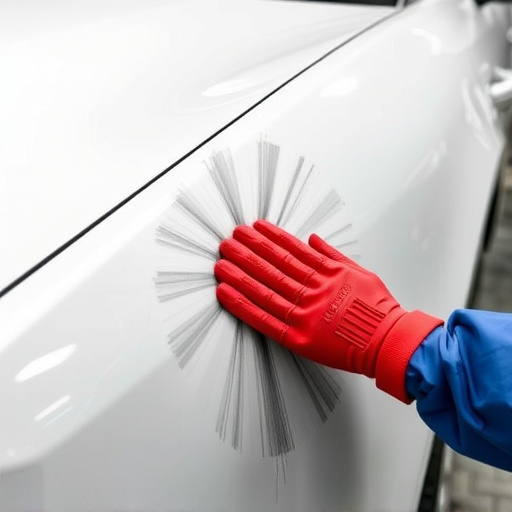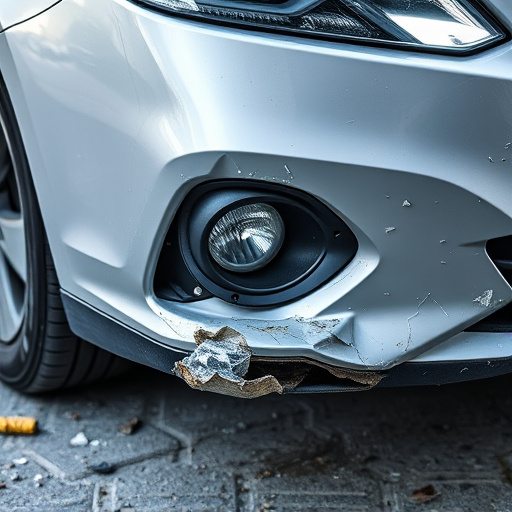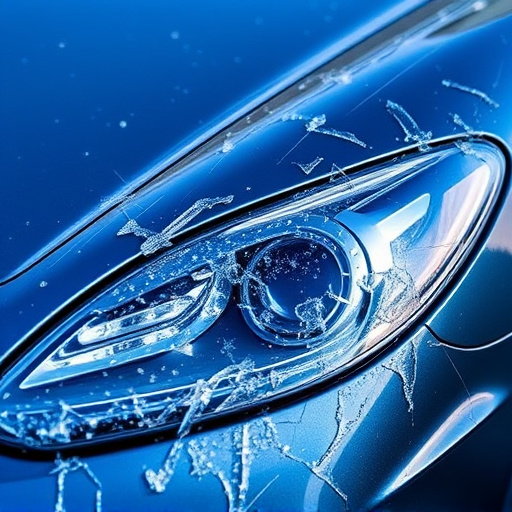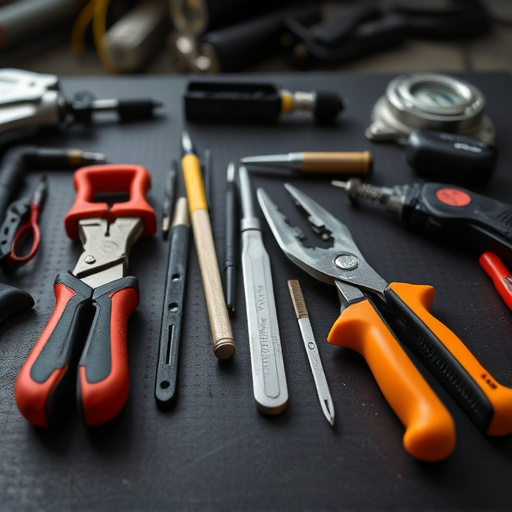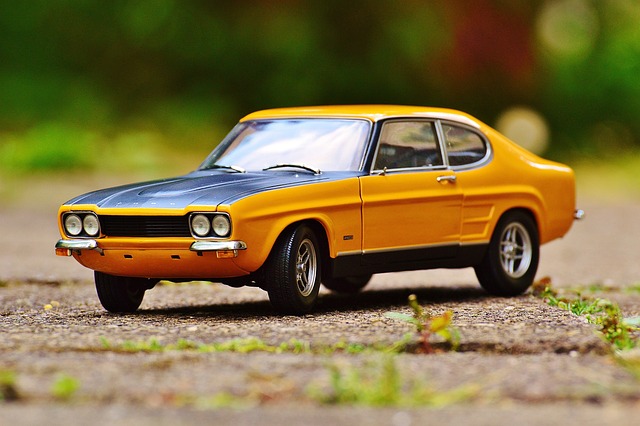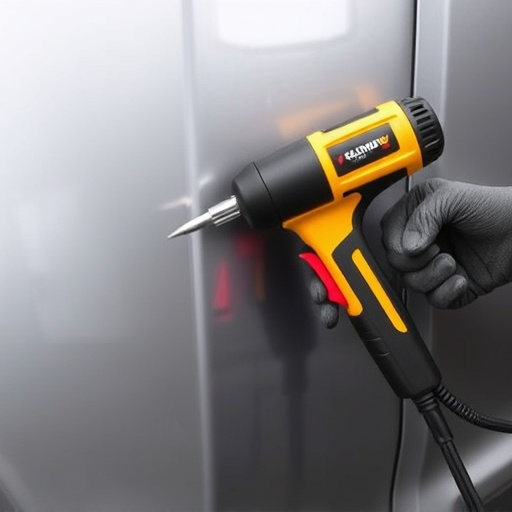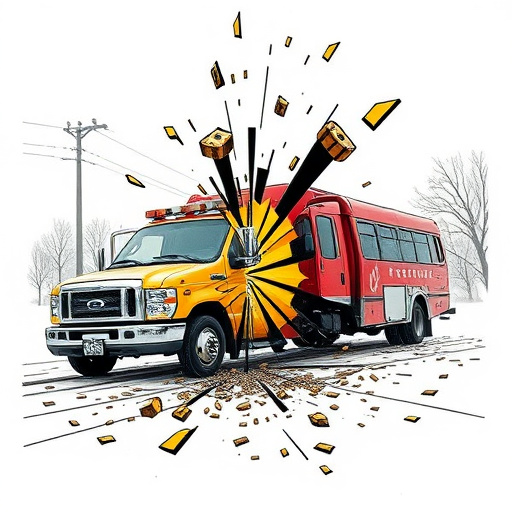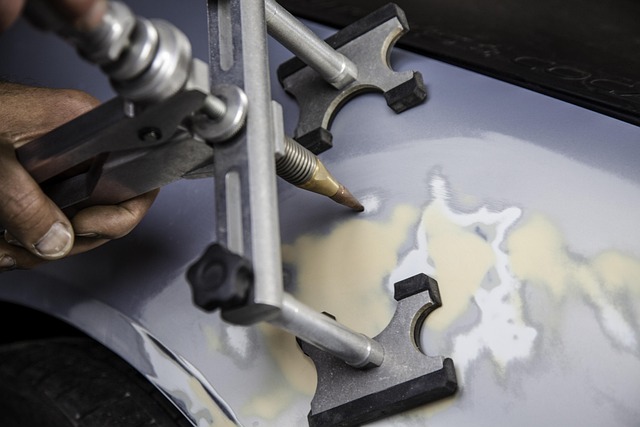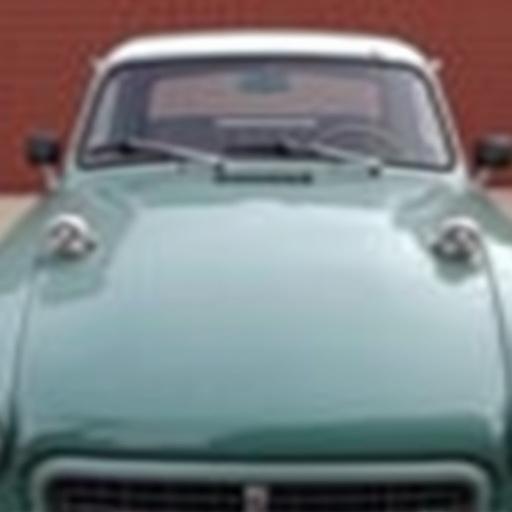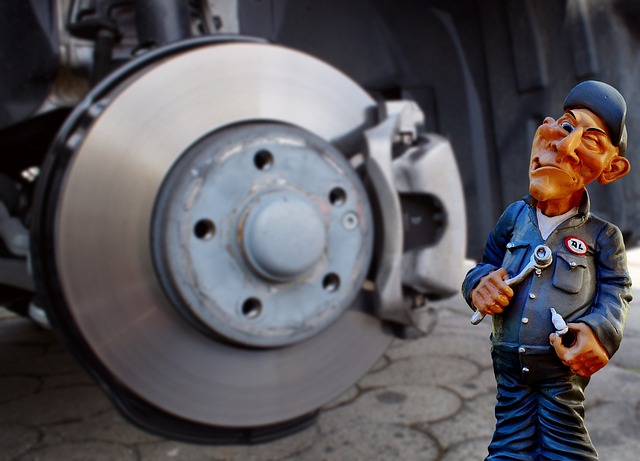The paint repair cost for your vehicle depends on damage extent, shop reputation, part types, and brand-specific materials and labor rates. Major car brands differ significantly in material and labor costs due to varying paint formulas, part availability, and required skills. Understanding these factors is key to making informed decisions when comparing paint repair cost across different car brands.
“Uncovering the intricacies of paint repair cost across major car brands is essential for every vehicle owner. This comprehensive guide delves into the factors that significantly influence repair expenses, including material costs, labor rates, and damage complexity. We break down brand-specific pricing strategies for Ford, Toyota, Honda, and luxury automakers like Mercedes and BMW. By understanding these dynamics, drivers can navigate repairs wisely, negotiate effectively, and secure the best deals on paint restoration, ensuring their vehicles look as good as new.”
- Factors Influencing Paint Repair Costs
- – Material costs: Differing paint formulas and brand variations
- – Labor rates: Wages and time required for repair across brands
Factors Influencing Paint Repair Costs

The paint repair cost for your vehicle can be influenced by several factors. One of the primary considerations is the extent of damage to the paintwork—minor scratches and dents will have a significantly lower repair cost compared to extensive bumper repairs or full-scale body re-sourcing. The complexity of the paint job also plays a role; unique or specialized colors might incur extra charges, as do intricate designs or custom finishes.
Another critical aspect is the reputation and location of the collision repair shop. Established auto bodywork shops with a proven track record often charge premium rates, reflecting their experience and quality of service. Conversely, independent garages or those located in less competitive areas may offer more affordable paint repair costs. Additionally, the brand and age of your car can impact pricing; luxury vehicles or older models might have higher replacement part costs, which are reflected in the overall price of paint repairs.
– Material costs: Differing paint formulas and brand variations
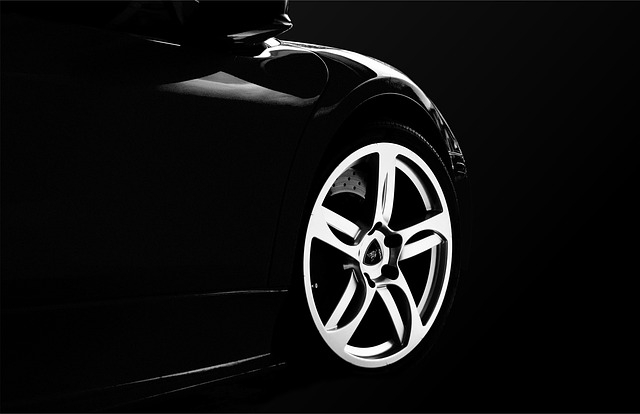
When comparing paint repair costs across major car brands, one key factor to consider is material costs. Different manufacturers use varied paint formulas and brand-specific variations, which can significantly impact pricing. High-end car brands often employ advanced paints that include added resins, pigments, and other chemical components designed for better durability and aesthetics. These specialized materials naturally come at a higher cost compared to standard paints used in more affordable vehicle models.
Furthermore, the availability of genuine parts and accessories plays a role in auto painting costs. Some car brands have proprietary paint systems that require specialized tools and skills to apply correctly, driving up labor costs for repairs. In contrast, other brands may offer more accessible and less expensive repair options. Understanding these nuances is essential when evaluating paint repair cost, especially when considering whether to opt for an original equipment manufacturer (OEM) or a third-party solution for car body restoration or auto frame repair.
– Labor rates: Wages and time required for repair across brands

When comparing paint repair costs across major car brands, one key factor to consider is labor rates. Labor costs can vary significantly based on the brand and the complexity of the vehicle bodywork repair required. For instance, premium car brands like Mercedes-Benz or BMW often have higher labor rates due to specialized training and advanced equipment needed for their intricate paint jobs. In contrast, more affordable brands may offer competitive labor rates, making their paint repair services more accessible.
The time required for a paint repair job also contributes to the overall cost. Factors such as drying times for paint, number of coats needed, and preparation work can affect the duration. Some car brands might require additional steps in their repair process, leading to longer turnaround times and potentially higher costs. Understanding these variations can help consumers make informed decisions when navigating vehicle collision repair or general vehicle repair needs, ensuring they receive quality service at a cost that aligns with their expectations.
When comparing paint repair costs across major car brands, it’s evident that both material costs and labor rates play significant roles. Variations in paint formulas and brand-specific components can significantly impact the overall price tag. Additionally, labor rates, influenced by wage differences and the time required for repairs, further contribute to the variance. Understanding these factors empowers car owners to make informed decisions when choosing a repair option, ensuring they receive fair and transparent pricing for their paint jobs.
